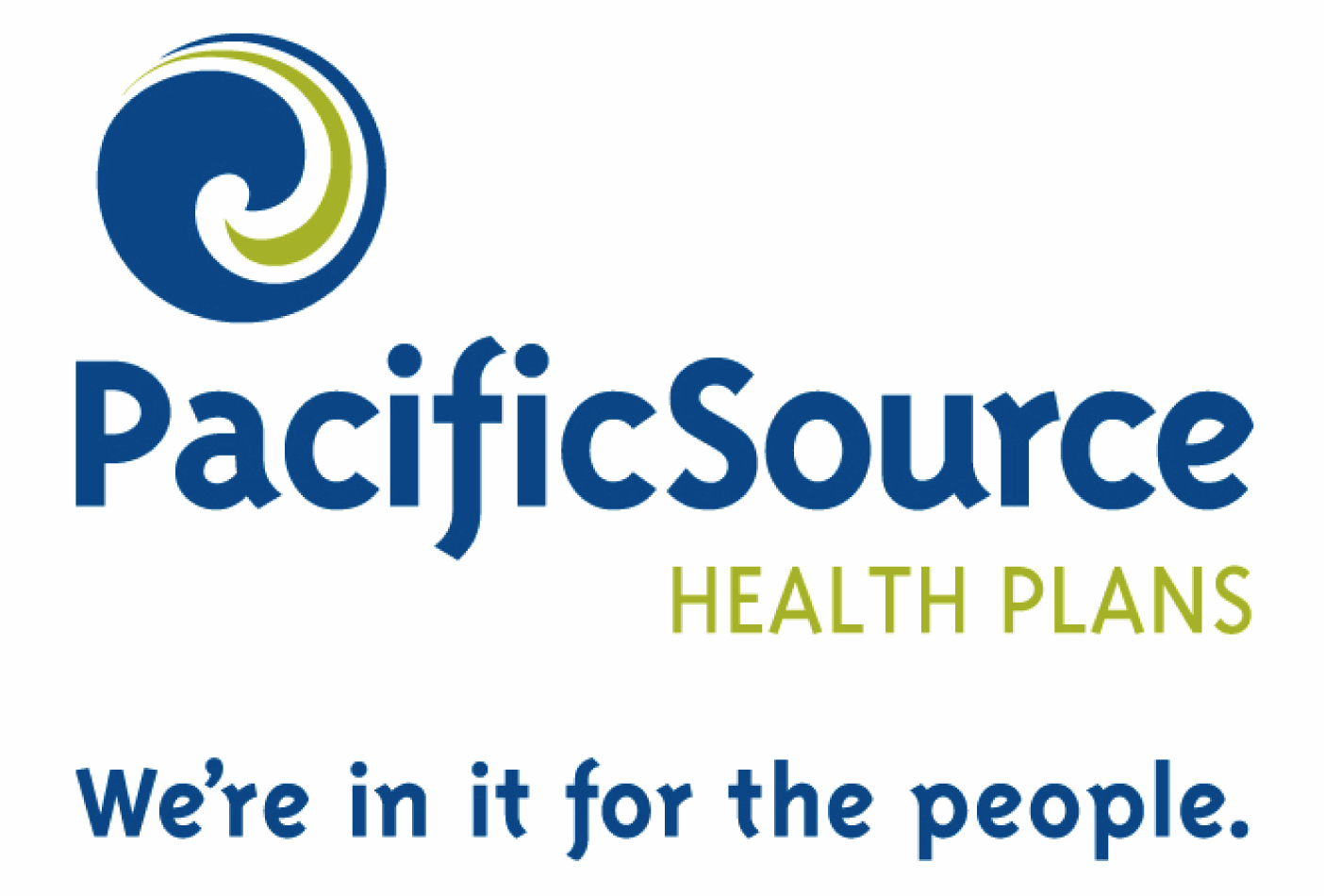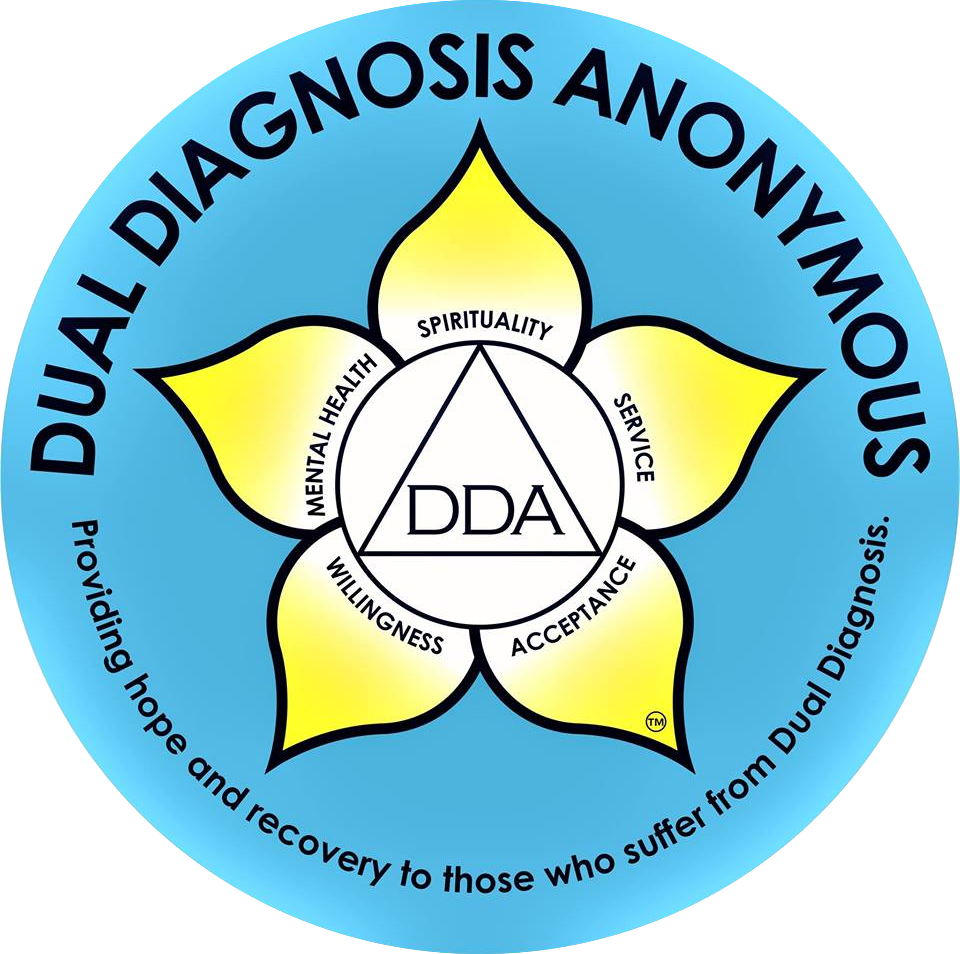I want to bring you up to speed on where we are with the Archimedes Movement, to provide you with some background information to help focus the next phase of discussion, and to outline what we’re asking you to do during the rest of September.
Toward that end, I refer you to two documents: my basic presentation (On the Road to Revolution) with which some of you may already be familiar; and a second document called Moving from Principles to a DRAFT Legislative Concept: Next Steps. This second document describes the process we are setting up and the ground rules for participation (including the willingness to engage as citizens rather than as stakeholders, and the ability to envision what a new system would look like “if anything were possible” – which, by the way, is harder than it sounds).
As you will see from this second document, we are engaging six different groups in a discussion of how to move our work from a set of principles to an actual legislative concept that could be considered next year. You may be participating in one of those groups, in a chapter discussion or here – online. To provide a context for your participation, let me describe the larger process in which I’m asking you to engage.
For the past few months I have been making the basic presentation at highly interactive community meetings all over Oregon including Portland, Beaverton, Corvallis, Salem, Eugene, La Grande, Pendleton, Roseburg, Grants Pass, Medford and Ashland. Trips are also being planned along the coast and in the Columbia River Gorge. The meetings have been enthusiastic and well attended – nearly 1000 people have participated to date. In addition to the community meetings, 30 local “chapters” are forming to continue this dialog over the summer and into the fall. We are well on our way toward reaching the goal of having 10,000 people engaged statewide by the end of the year.
This is an issue people are concerned about; they know the current system is unsustainable; they want to change it – but they don’t know how to make it happen or how to engage – they feel disempowered. Our movement has tapped into this enthusiasm and this frustration and given them a sense of hope. People seem genuinely excited about having the opportunity to help shape the Vision for a new health care system and to spark the kind of serious national debate we so desperately need.
From these meetings a broad consensus is beginning to emerge, including:
- All of us must have timely access to effective health services;
- Continuing to use the emergency room as the only way to access the health care system for a growing number of people makes no sense whatsoever;
- Current cost increases are not sustainable;
- The new system must place a high value on wellness and disease prevention;
- The new system should be economically sustainable;
- We cannot afford to do everything that medical science has to offer for everyone who might benefit from it;
- Resources are limited and that priorities must be established; that reform of the medical malpractice system is essential;
- Individuals have a responsibility to make personal choices that will keep them out of the health care system in first place.
This enthusiasm for change, however, is tempered by a number of understandable concerns. How priorities will be established, for example; what a new system will actually look like; what it will mean for us as individuals – as consumers, employers, providers or insurers. The current system is familiar even though is it increasingly clear that it is not serving our needs as individuals or as a community. Yet change of any sort is unsettling.
One of the most refreshing things that emerged, however, is that people seem willing to acknowledge these concerns up front – to get them on the table – and then make a commitment to work through them together. Keeping people engaged around finding solutions rather than simply rejecting proposals is a key to the success of this effort. Albert Einstein once said: “You cannot use an old map to explore a new world.” And that is what we are doing here, drawing a new map that will lead us to the kind of system we need and deserve in this country.
We have summarized the input from all of the meetings into a set of “design principles” which is reflected in Section 8 of the Draft Legislative Concept, which is now posted on the Archimedes website. At the end of September, we’ll review the feedback from the chapters, committees and the online Forums and revise the draft, which will form the basis for a bill and/or ballot measure through which we would seek waivers from the federal government.
It is at this point – as we attempt to move from a set of “principles” to an actual “legislative concept” – that we will enter perhaps the most important – and certainly the most precarious – part of our effort to date. It will be at this point, when we move from generalities to more specificity, that our process and our work product will be most vulnerable to criticism – particularly from those who will understandably want to know the details of implementation.
As we enter this phase of our work, it is important to remember that one of the things we are trying to do here is to force an honest and meaningful national debate – a debate which challenges the structure, assumptions and premises of the existing system; which offers a vision for an alternative future; which pushes these questions into the forefront of the upcoming presidential election; and will hopefully lead to meaningful systemic reform.
If you will recall back in 1989, Senate Bill 27 created the vision for the Oregon Health Plan and served as the basis for requesting waivers from the federal government but it was not a highly detailed proposal. In fact, all it said, in essence, was that the State of Oregon was going to assume responsibility for providing a limited benefit of effective health services for all those with an income below the federal poverty level; that we wanted federal matching dollars for the those who fell outside the existing categorical eligibility standards; and that the benefit itself would be determined based on what the legislature was willing to fund from a prioritized list of health services.
My point is that it was the overall vision (objectives and principles) – not the details of implementation – that brought Oregon into conflict with existing law and sparked the robust national debate which followed. Once the waivers were granted, however, another more complex and detailed piece of legislation was needed to actually make the vision a reality. This implementation legislation could have taken a variety of forms all of which would have met the general parameters outlined in Senate Bill 27. We are trying to do essentially the same thing through the Archimedes Movement but on a much broader scale.
There are four main objectives for the discussion this month:
- To bring yourself up to date on the project, its evolution, overall goals and timing.
- To gain your perspectives on health reform, the key issues we face and – on a personal level – your commitment to help lead change.
- To walk through the draft legislative concept using the process described in the “Moving from Principles to Legislative DRAFT: Next Steps.” From this we hope to identify your top three or four main questions, concerns and/or objections with the draft proposal (what has been included and/or what has been omitted) and how those questions and concerns might be addressed.
- Make a commitment to stay engaged and get others engaged as we continue through the fall and towards the 2007 Oregon Legislative Session.
I very much appreciate your willingness to participate in this work. Please don’t hesitate to contact me or Liz Baxter if you have any questions.
Sincerely,
John










Recent Comments